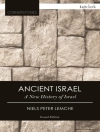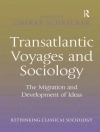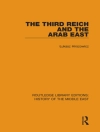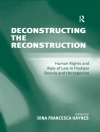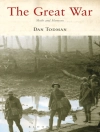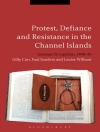The years between 1870 and 1940 are often considered a ‘golden age’ of travel: as larger and evermore sumptuous ships and trains were built, including the Orient Express, Blue Train, Lusitania and Normandie, journeying abroad became, and remains today, synonymous with chic, splendour and luxury.
Utilising women’s diaries and letters, art, advertising, fiction and etiquette guides, this book considers the journey’s impact upon understandings of female identity, definitions of femininity, modernity, glamour, class, travel, tourism, leisure and sexual opportunity and threat during this period. It explores women’s relationship with train and ship technology; cultural understandings of the journey; public expectations of women journeyers; how women journeyed in practice: their use of journey space, sociability with both Western and ‘Other’ non-Western journeyers, experience of love, sex and danger during the journey; and how women fashioned a journeyer identity which fused their existing domestic identities with new journey identities such as the journey chronicler. The journey is revealed to be an experience of sociability as much as mobility, dominated by ideas of respectability and reputation, class, power, vision and observation and home as well as the foreign and new.
Tabella dei contenuti
Introduction
Part I: The culture of female journeying
1. The big luggage went a fortnight ago: making the journey abroad
2. Fashion plate heroines: imagining the female journeyer
3. No nice girl swears: advice, etiquette and expectation
Part II: Journey practices
4. Ordering the berth: the spaces of journeying
5. Busy practising games: scrutiny and sociability
6. Full of wickedness: romantic opportunity and sexual hazard?
Part III: Journey identity
7. Where her story begins: fashioning a journeyer identity
Conclusion
Appendix: Women Journeyers
Bibliography
Index
Circa l’autore
Lynn Abrams is Professor of Gender History at the University of Glasgow


